It’s time to put 2023 in the rearview mirror and look ahead to the horizon of cloud technologies in 2024, unveiling a landscape teeming with innovation and evolution. As businesses continue their digital metamorphosis, the clouds above are not just figurative; they’re the very platforms shaping the future of technology.
In this exploration of 2024 cloud trends, we delve into the skies of possibility, where advancements, disruptions, and transformative shifts are poised to redefine how we harness the power of the cloud. We asked our experts which trends they see to dominate the cloud landscape this year.
Here’s our top 10:
1. Hybrid & Multi-Cloud Adoption
As organizations seek to optimize operational efficacy, the trend of adopting hybrid and multi-cloud strategies will gain traction in 2024. This strategic paradigm facilitates the utilization of diverse cloud providers, offering unparalleled flexibility. Simultaneously, the evolution of cloud management tools will address the intricate challenges of navigating and administering complex multi-cloud environments.
2. Edge Computing Integration
The symbiosis of Edge Computing with public cloud services emerges as a critical trend, driven by the imperative for low-latency processing and real-time data analytics. This integration suggests a paradigm shift, particularly beneficial for applications demanding swift and localized computational capabilities. Industries such as manufacturing, healthcare, and logistics stand to gain significantly from this fusion, fostering unprecedented possibilities for real-time data-driven decision-making.
3. AI & Machine Learning Services
Cloud providers continue their commitment to advancing AI and machine learning services, providing even greater levels of pervasive intelligence within applications. The
convergence of edge computing, AI, and IoT results in developing holistic solutions, particularly impactful in sectors characterized by intricate data processing requirements. The accessibility and sophistication of AI-driven capabilities represent a definitive stride toward democratizing advanced analytics.
4. Sustainability Initiatives
In response to growing environmental concerns, cloud providers now proactively invest in sustainable practices, demonstrating a commitment to reducing their carbon footprint. This strategic pivot aligns with the evolving landscape of Environmental, Social, and Governance (ESG) considerations as organizations transition from optional to mandatory sustainability regulatory adherence.
5. GenAI Governance
The proliferation of generative AI tools necessitates a strategic emphasis on governance frameworks to mitigate associated risks. Drawing parallels with the early stages of cloud adoption, a proactive approach to data management, adherence to AI acts, and regulatory compliance become imperative for organizations seeking to harness the benefits of AI without compromising security, privacy, and operational efficiency.
6. Platform Engineering
Cloud providers will augment their platforms, shifting focus toward seamless integration with specialized tools and frameworks. This departure from conventional cloud-native services underscores a strategic shift, emphasizing the importance of Managed Service Providers (MSPs) proficient at orchestrating diverse tools within a client’s cloud platform. Developer portals and next-generation software development life cycle frameworks emerge as critical components for achieving operational success.
7. Online Marketplaces
A paradigm shift in software procurement strategies is coming, with businesses increasingly favoring subscription models from online marketplaces. This trend simplifies procurement, providing a centralized platform for accessing various SaaS solutions.
8. Emergence of FinOps Culture & Shift-Left Paradigm
The escalating complexity of cloud environments, coupled with their dynamic consumption-based cost structures, necessitates a unification of IT, finance, and business capabilities. This integration gives rise to the Financial Operations (FinOps) culture. When it comes to the cloud’s variable spend model, FinOps emphasizes financial accountability, which encourages understanding and cost control while maximizing business value.
On a parallel trajectory, the “Shift-Left” approach is gaining momentum. In this instance, cost considerations are woven into development processes early, leading to precise cost-efficiency metrics for workloads and unit economics. As part of this approach, organizations seek to ensure the most reasonable use of resources from the development phase.
The convergence of FinOps and Shift-Left approaches amplifies the return on cloud investments and instills a culture of financial prudence and responsibility across all spheres of cloud operations.
9. Selling SaaS Solutions on Online Marketplaces
Major cloud providers, including AWS, Google Cloud, and Azure, observe an increasing demand for SaaS solutions from centralized online marketplaces. This strategic shift in procurement models streamlines the acquisition process, offering businesses a consolidated platform for accessing diverse solutions and enhancing operational efficiency and scalability.
10. Integration Services with Low Code – No Code
The advent of Low Code and No Code solutions signals a fundamental transformation in integration methodologies. Platforms such as Make and Workato exemplify this shift, offering businesses streamlined integration capabilities. This trend accelerates innovation by reducing dependency on intricate coding processes and facilitating agility as well as efficiency in product and solution integration.
In summary
As we navigate the intricate landscape of the cloud in 2024, these trends make clear the path forward for organizations seeking to align their operations with the forefront of technological innovation. By embracing these transformative shifts, businesses stand poised to capitalize on unprecedented opportunities while effectively navigating the challenges inherent in this era of dynamic change.
The convergence of these trends represents a definitive step toward a future where innovation and strategic adaptability define industry leaders in the ever-evolving cloud services domain.
As a leading Partner of AWS, Google Cloud & Microsoft Azure, we have a wide range of expertise and can help you with your cloud modernization. Need assistance staying trendy? Leave us a note in the form below.

